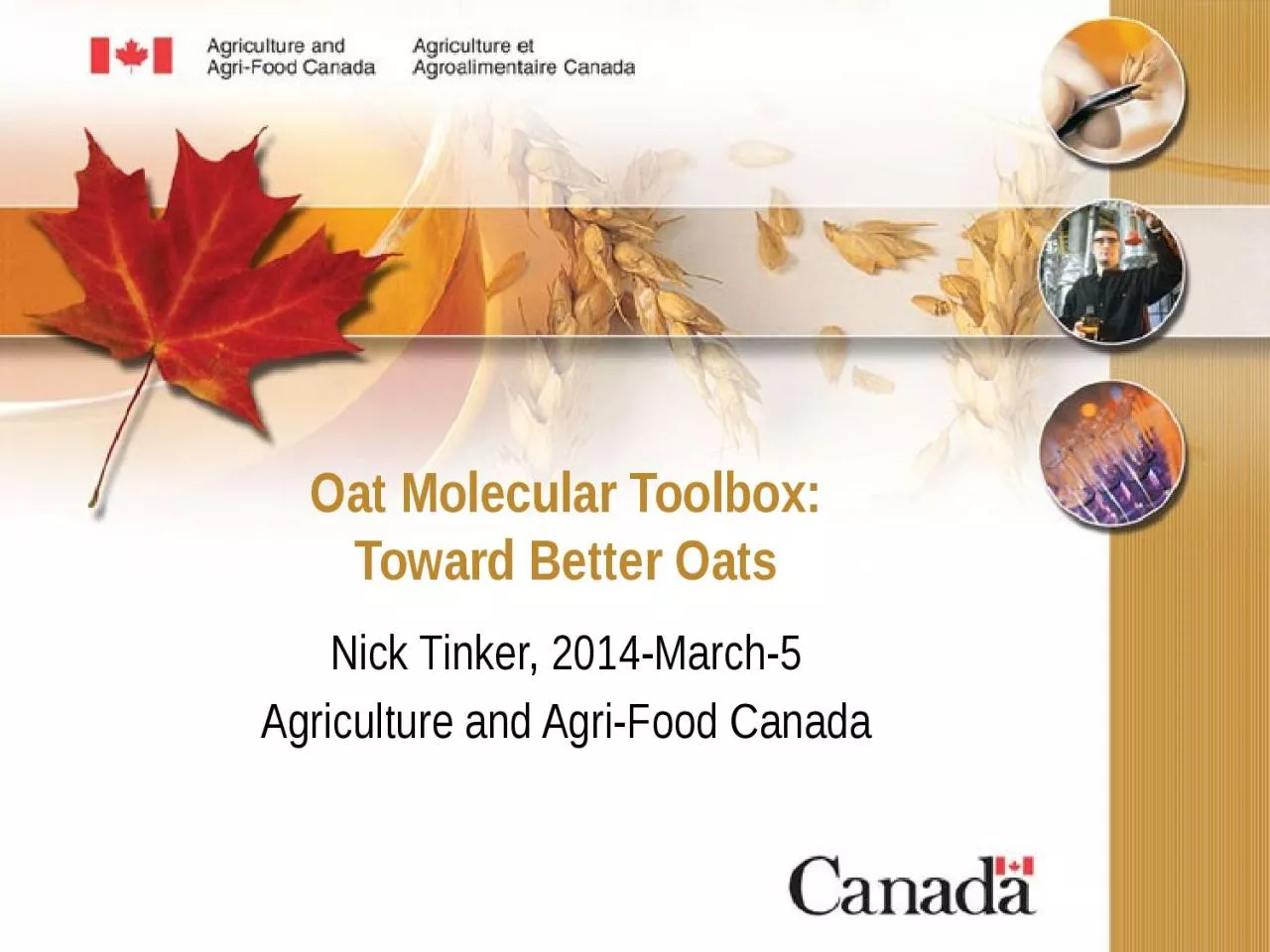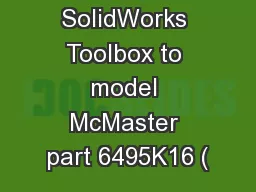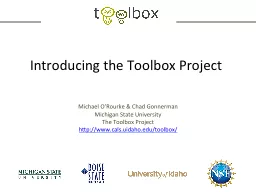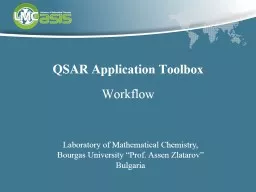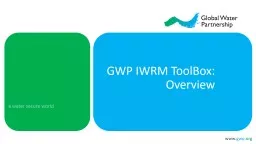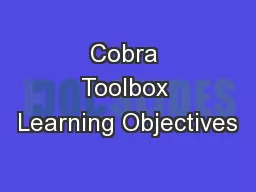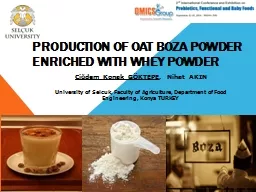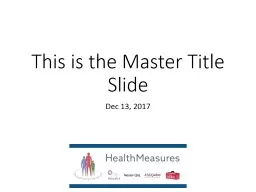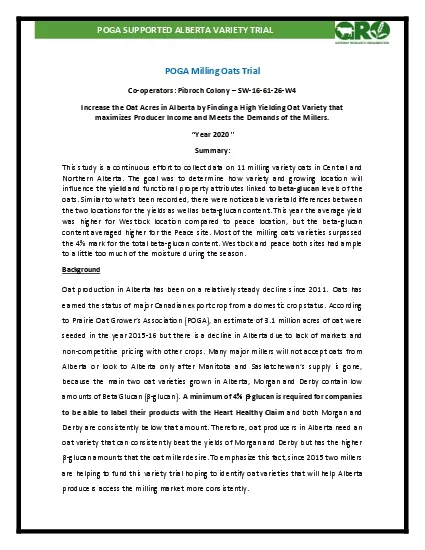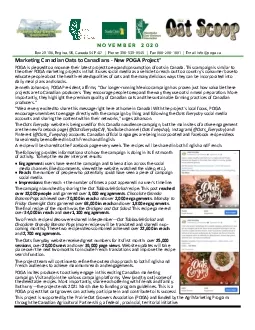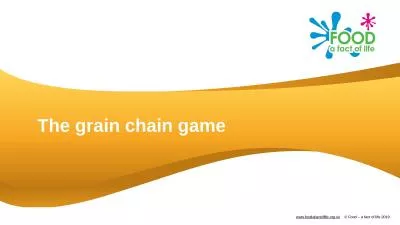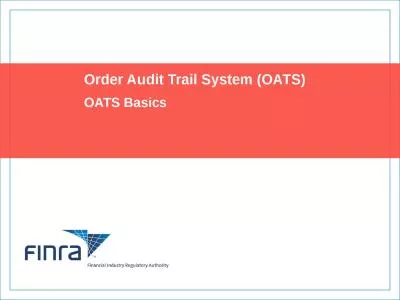PPT-Oat Molecular Toolbox: Toward Better Oats
Author : thomas | Published Date : 2024-01-29
Nick Tinker 2014March5 Agriculture and AgriFood Canada C ollaborative O at R esearch E nterprise Mexico Julio Huerta Eduardo Villa senior Mir Eduardo Espitia
Presentation Embed Code
Download Presentation
Download Presentation The PPT/PDF document "Oat Molecular Toolbox: Toward Better Oat..." is the property of its rightful owner. Permission is granted to download and print the materials on this website for personal, non-commercial use only, and to display it on your personal computer provided you do not modify the materials and that you retain all copyright notices contained in the materials. By downloading content from our website, you accept the terms of this agreement.
Oat Molecular Toolbox: Toward Better Oats: Transcript
Download Rules Of Document
"Oat Molecular Toolbox: Toward Better Oats"The content belongs to its owner. You may download and print it for personal use, without modification, and keep all copyright notices. By downloading, you agree to these terms.
Related Documents

